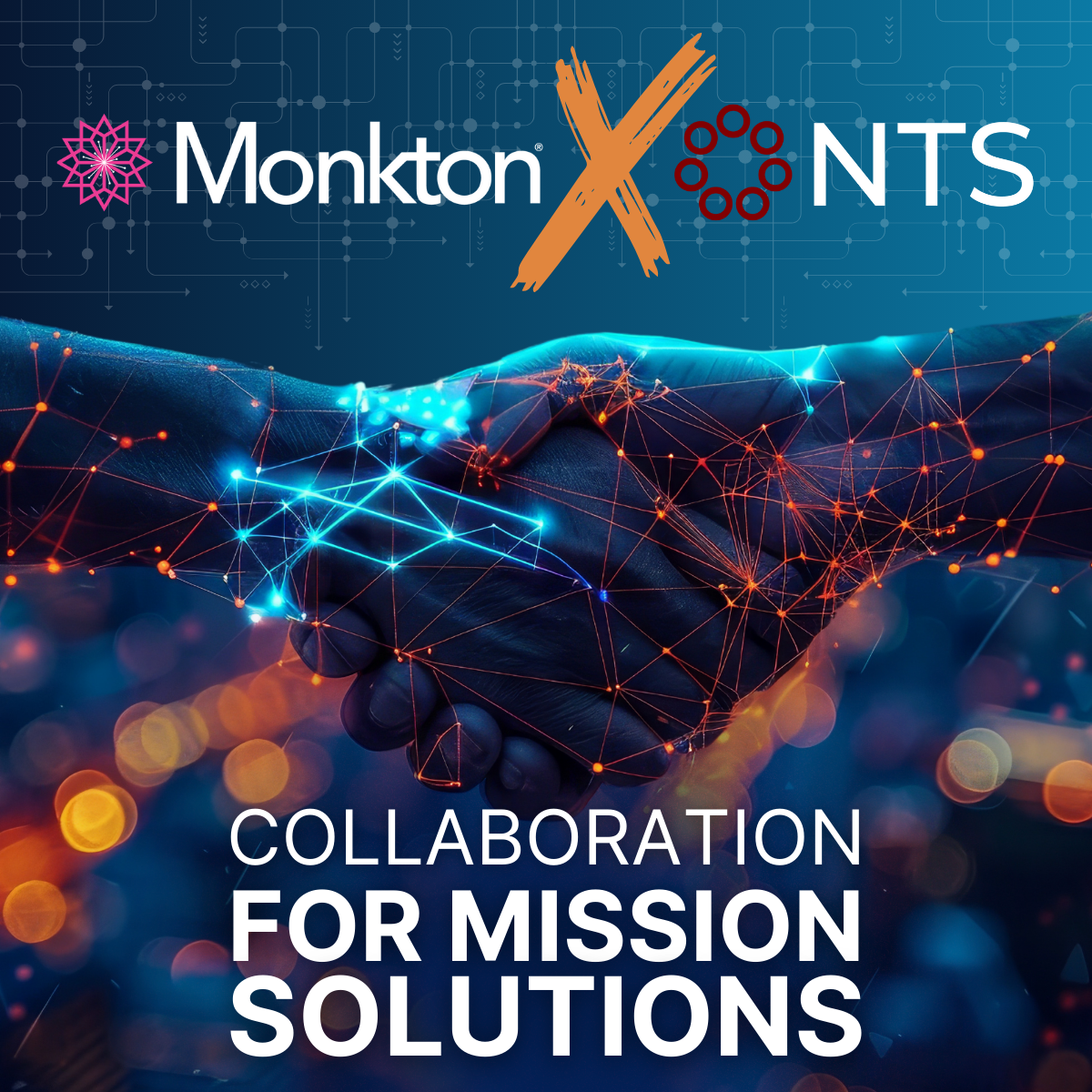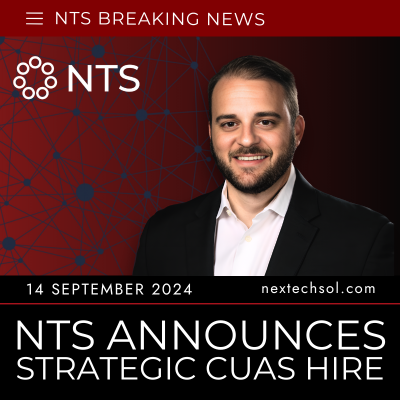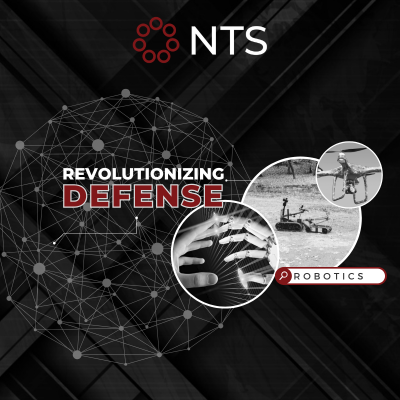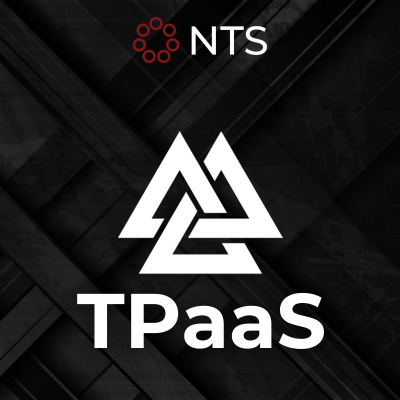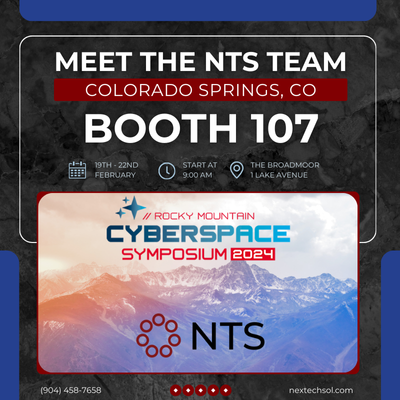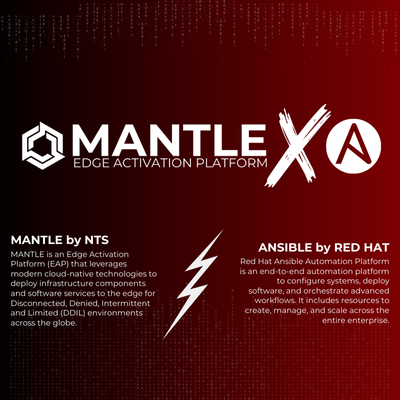The Navy Reaching New Heights: Can Robots Actually Learn?
Automation has proven its worth across multiple industries and business models from tech, to finance but its capabilities have yet to reach its peak.
For instance, the concept of a supercomputer has been in the works for years with the possibility of creating a system that is (from our understanding) virtually unable to be breached.
A prevalent theory but one that is still too costly to go to market. Another concept is robotics, while some may have mixed feelings about their evolutions in the coming years, the government, private and public companies are continuously attempting to push their limits into futuristic bounds. Here are the details.
TEACHING ROBOTS TO TEACH THEMSELVES
Recently the Navy released a white paper detailing that robots could not only perform significant functions but can learn like humans. In the study, The Navy tackles one of the major challenges that programming is associated with– cost. But unlike other entities that either embrace or reject the price tag, they have found an alternate route that allows the robot (yes, the machine) to choose what it would like to learn next.
A bit of backstory to this conclusion. Humans learn differently from one another. Some follow a set path of education much like you’d find in a program of study, an MBA program for instance. Others, however, find that a less structured method is more beneficial, namely choosing what they would like to learn next. This is the foundation of the Navy’s study.
HOW DOES IT WORK?
The program allows robots to choose in a sense what it wants to learn based on a variety of factors such as; prior knowledge, the difficulty of the subject matter, and goals. The tasks set out for the robots will begin with opening doors. From the surface, this task may seem mundane, even elementary but the focus is more on the versatility than the difficulty.
When you truly think about it, there are multiple ways to open a door. You have levers, twist knobs, no knobs or handles like push and pull doors, etc. Then there are also stages of implementation to the experience; like checking if a door is locked, or holding it open for someone. U.S. Naval research scientist Laura Hiatt states “- its constructor is learning. So it’s iteratively doing more complicated doors, and more complicated goals until it has generally mastered the skill of opening doors.”
WHAT’S THE END GOAL?
In collaboration with top-tier university professors who are experts in automated planning and reinforcement learning, it is the hope that this experiment can be a basis to test a “learning theory”. Basically, if these robots can learn to open doors on different levels of difficulty, what other possibilities are on the horizon?
NEXTECH SOLUTIONS AUTOMATION APPLICATION
Automation is making huge strides toward industry goals and practical applications, but without a reliable platform, little progress can be made. Here at NTS, we pride ourselves in assisting you with:
- Performance optimization
- Increased Productivity
- Ensuring high availability
- Secure reliability
How? – Through our MANTLE Automation Platform. MANTLE leverages modern cloud-native technologies to deploy infrastructure components and software services to the edge. While it is built to be versatile, Its primary use is to build out communications for tactical use. Think of it as a data center that moves and can operate with low power, in a modular fashion, and is easily deployable. A kit that has networking, servers, and android functions.
